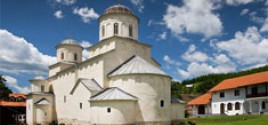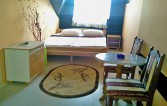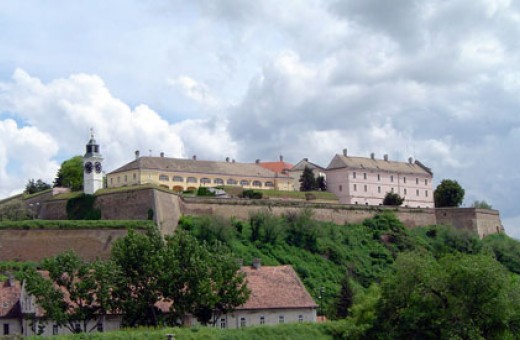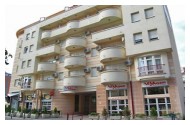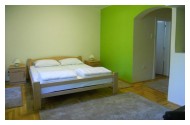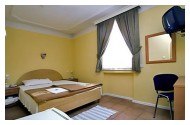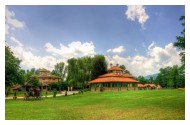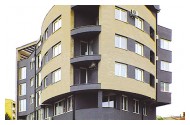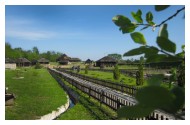Petrovaradin Fortress, Novi Sad
The most popular cultural and historical monument of Novi Sad is certainly the Petrovaradin Fortress.
This fortress stood here for centuries, on the right bank of the Danube, on the site of the Roman fortress of Cusum and the mediaeval Petrikon, on the Petrovaradin cliff at a height of 40 meters, as if defying time.
Many call it the Gibraltar of the Danube.
This grand fortress was built between 1692 and 1780. Historical records show that during the construction of the fortress, it was sometimes necessary to employ up to 40,000 masons in a single day. Many of them, right here at this place, died due to weaknesses, lethal epidemics, famine, exhaustion and hard work. Therefore, it is not surprising that this site was dubbed the "Tomb of foreigners."
In this area which covers about 112 acres, 10,000 soldiers could be accommodated.
It consists of five fortresses, which are in a very functional way linked into a harmonious whole. Uniqueness of this construction is that all these below ground levels represent a real crossroad of battle lines. The whole underground is perfectly constructed, so that the soldiers at the fourth level below ground always had an unrestricted fresh air supply, heating, the possibility of withdrawal and they could additionally make land collapse and cut off the tunnels behind them, so that the enemy was denied further access.
Military underground galleries and corridors (up to 16km long), which occupy four levels below ground and were used to defend the territory, are today a special tourist attraction.
Under Austro-Hungarian rule, the fortress resisted multiple attacks from the Ottoman Empire.
Until 1918, this fortress was the stronghold of the Austro-Hungarian army. In the period between the Two World Wars, these walls provided shelter to the army of the Kingdom of Yugoslavia.
After World War II, perticularly in the 1948, the fortress was placed under state protection as a historical monument.
It is one of the largest and best preserved castles in Europe, which almost completely retained its authenticity to this day.
When you decide to visit Novi Sad, then be sure to schedule a tour of the fortress. Petrovaradin Clock Tower certainly leaves an impression, with its famous "Drunken Clock." This clock was a a gift of the Empress Maria Theresa. It is unique because its little hand shows minutes, and the big one shows hours, so that the sailors could tell time in bad weather and from long distances. They call it the "Drunken Clock" because it ‘behaves in a drunken way'. When the weather is cold it is slow and when it is warm it is fast. From the very day it was attached to the tower, the clock has been wound manually.
The fortress was a military stronghold since the ancient times and now it is a cultural and historical centre of Novi Sad. There are many art studios here. Novi Sad City Museum, Historical Archive of Novi Sad, Academy of Arts, Astronomical Observatory, equestrian club, archery club, hotels, restaurants, bars and discos are all located on Petrovaradin Fortress.
Since 2001, the fortress has been the holding place of the biggest musical event in South-Eastern Europe - "Exit", where the world-class musicians perform and guests arrive from all over the world.
 Stay
Stay

